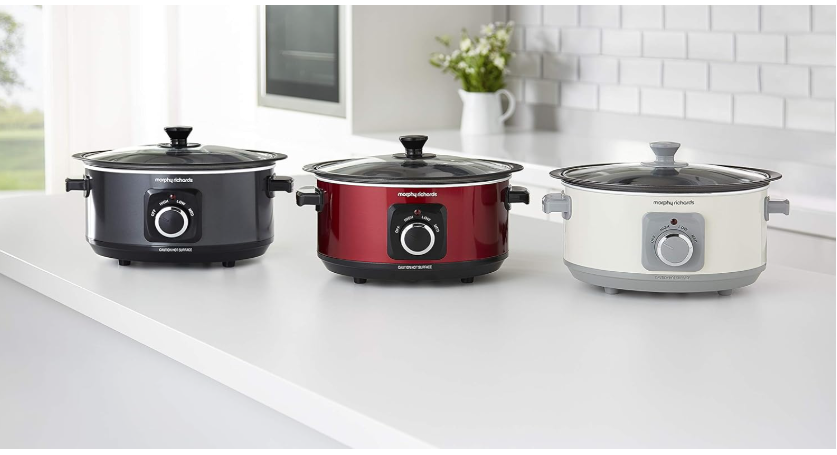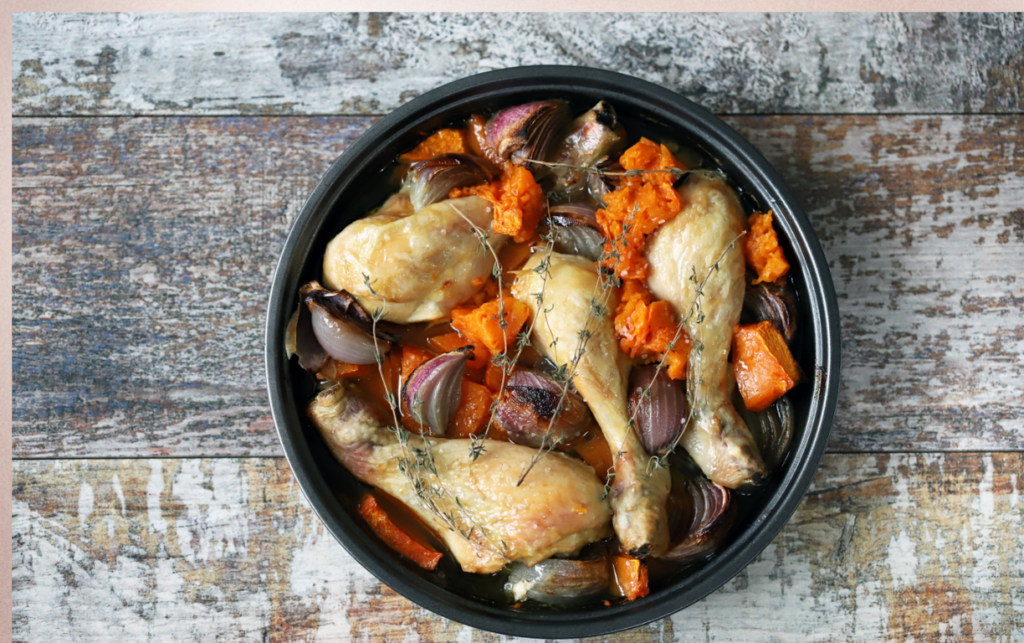Physical Address
304 North Cardinal St.
Dorchester Center, MA 02124
Physical Address
304 North Cardinal St.
Dorchester Center, MA 02124


If you’ve ever wondered how to make meal prep easier, a crockpot might just be your best friend. This versatile kitchen appliance does more than just slow cook your favorite dishes; it opens up a world of culinary possibilities. From tenderizing meats to infusing flavors, the functions of a crockpot can transform your cooking experience.
Imagine coming home after a long day to the enticing aroma of a home-cooked meal waiting for you. With a crockpot, you can set it and forget it, freeing up your time while still enjoying delicious, hearty meals. Let’s dive into the various functions of a crockpot and discover how it can simplify your cooking routine and elevate your meals.
A crockpot serves multiple functions that simplify your cooking routine. It allows you to prepare a diverse range of meals effortlessly and creates delicious, flavorful dishes.
Slow cooking is the primary function of a crockpot. This method cooks food at low temperatures over several hours, allowing flavors to meld and meats to become tender. You can enhance this experience by adding spices, herbs, or sauces early in the cooking process. Meals like soups, stews, and casseroles benefit from slow cooking, as the long cooking times extract maximum flavor from all ingredients.
Steaming is another essential function of a crockpot. By placing a steaming basket inside, you can cook vegetables or seafood while retaining their nutrients. Steaming is ideal for preparing healthy meals, as it requires minimal added fats. This method allows you to simultaneously cook your main dish while steaming sides, maximizing efficiency in the kitchen.
Braising combines both dry and wet cooking techniques, making it a versatile option. You sear the meat first, then add liquid (like broth or wine) before covering and cooking slowly. This method ensures thorough cooking, resulting in richly flavored dishes. Braising is perfect for tougher cuts of meat, transforming them into tender delights, and works well with a variety of vegetables, amplifying the overall dish’s complexity.
You can create a wide array of meals using a crockpot, showcasing its adaptability in the kitchen. This appliance enables effortless cooking, allowing you to explore different culinary techniques.
Meal preparation becomes streamlined with a crockpot. You can set it up in the morning, add ingredients, and return home to a fully cooked meal. For example, combine proteins like chicken or beef with vegetables and sauces for a complete dinner. This method not only saves time but also reduces the number of cooking and cleaning tasks.
One-pot dishes shine in a crockpot, simplifying the cooking process. You can layer ingredients such as grains, proteins, and vegetables, allowing flavors to meld and develop throughout the cooking process. For instance, try slow-cooked chili, which combines beans, meat, and spices in one vessel. This technique minimizes cleanup while maximizing flavor and nutrition.
Using a crockpot promotes energy efficiency in your kitchen. Crockpots consume less electricity compared to traditional ovens and stovetops, often using around 70% less energy. This lower consumption translates to reduced utility costs over time.
Operating at low temperatures allows crockpots to heat food thoroughly without the excessive energy use often seen in other cooking methods. You can cook meals over several hours without the worry of high energy bills.
Crockpots also retain heat effectively, ensuring that your food cooks evenly. The consistent heat minimizes the need for repeated adjustments, which can waste energy. Cooking meals for extended periods, such as 6 to 8 hours, means you can plan ahead and utilize the slow cooking feature to your advantage without constant monitoring.
By choosing a crockpot for meal preparation, you contribute to a more energy-efficient cooking approach, helping to save money and make environmentally conscious choices.
Using a crockpot retains essential nutrients in your meals while enhancing flavors. Slow cooking preserves more vitamins and minerals compared to methods like boiling or frying.
Cooking at lower temperatures minimizes nutrient loss. For instance, simmering vegetables in broth instead of exposing them to high heat maintains their vibrant colors and nutritional content.
You can also utilize the crockpot’s steaming function, which cooks food using moisture. Steamed vegetables and seafood experience significantly less nutrient degradation than when boiled, making for healthier meal options.
Including a variety of ingredients boosts the dish’s overall nutritional profile. You can combine lean meats, whole grains, and seasonal vegetables, resulting in a balanced meal rich in fiber, protein, and vitamins.
By creating one-pot meals, you maximize nutrient absorption. Cooking different food types together allows vitamins and minerals to transfer between ingredients, enhancing the nutritional benefits of each serving.
Overall, a crockpot not only offers convenience but also ensures you serve meals that maintain their nutritional value, supporting a healthier lifestyle.
Using a crockpot can transform your cooking experience into a hassle-free and enjoyable process. Its ability to slow cook, steam, and braise means you can create a variety of delicious meals with minimal effort. Whether you’re preparing soups, stews, or one-pot dishes, the versatility of a crockpot allows for endless culinary possibilities.
Moreover, the energy efficiency and nutritional benefits make it an ideal choice for anyone looking to save time and eat healthier. By incorporating a crockpot into your kitchen routine, you’ll not only simplify meal prep but also savor the rich flavors and wholesome ingredients that come from this convenient cooking method. Embrace the ease and joy of crockpot cooking and elevate your home meals today.

A crockpot offers several benefits, including time-saving meal preparation, enhanced flavor through slow cooking, and the ability to tenderize meats. It’s versatile, allowing for various cooking methods like slow cooking, steaming, and braising, making it easier to enjoy home-cooked meals with minimal effort.
Slow cooking allows ingredients to meld over several hours, enhancing flavor development. The long cooking time tenderizes meats and allows spices and herbs to infuse thoroughly, resulting in rich and satisfying dishes like soups, stews, and casseroles.
Yes, a crockpot is energy efficient, using about 70% less electricity compared to traditional ovens and stovetops. Its low operating temperatures and effective heat retention lead to thorough cooking without excessive energy use, saving on utility costs.
Absolutely! Slow cooking at lower temperatures helps retain essential nutrients and prevents nutrient loss. Methods like steaming also preserve the nutritional content of vegetables and seafood, promoting healthier meal options.
A crockpot is incredibly versatile and can be used to prepare a wide range of meals, including soups, stews, casseroles, and one-pot dishes like chili. Its adaptability allows for creative combinations of ingredients, providing delicious and satisfying results.